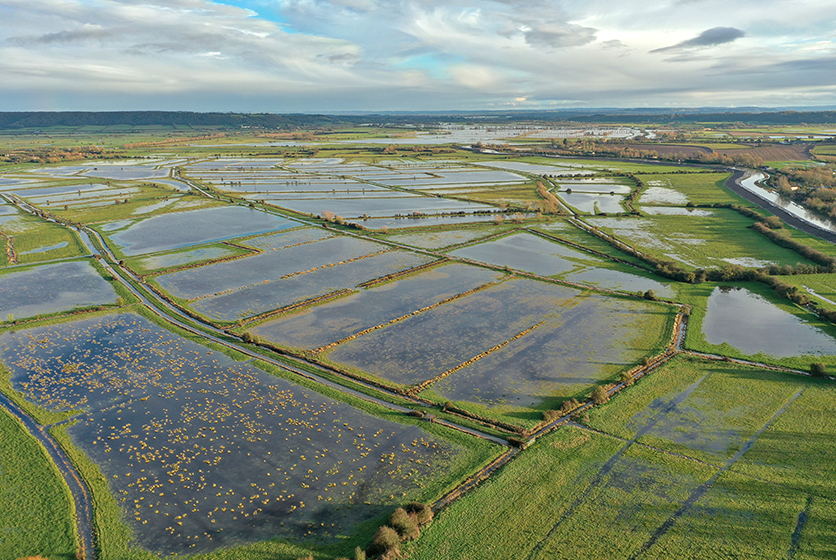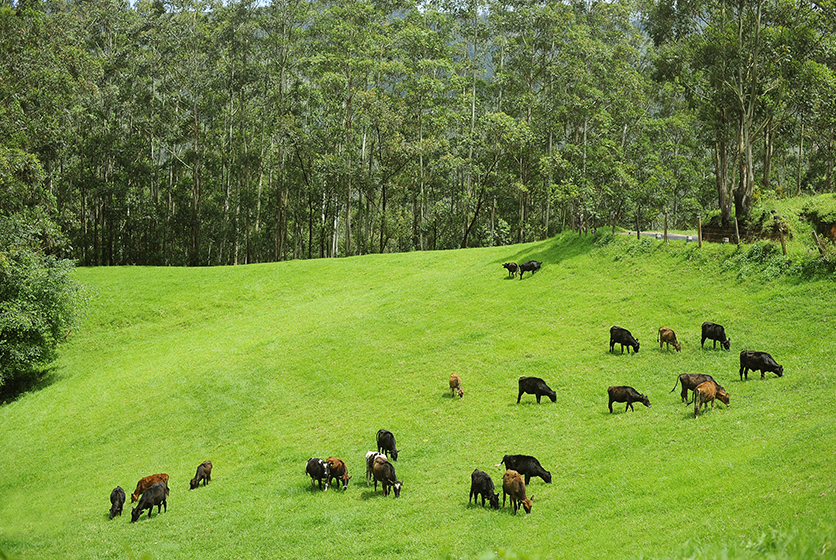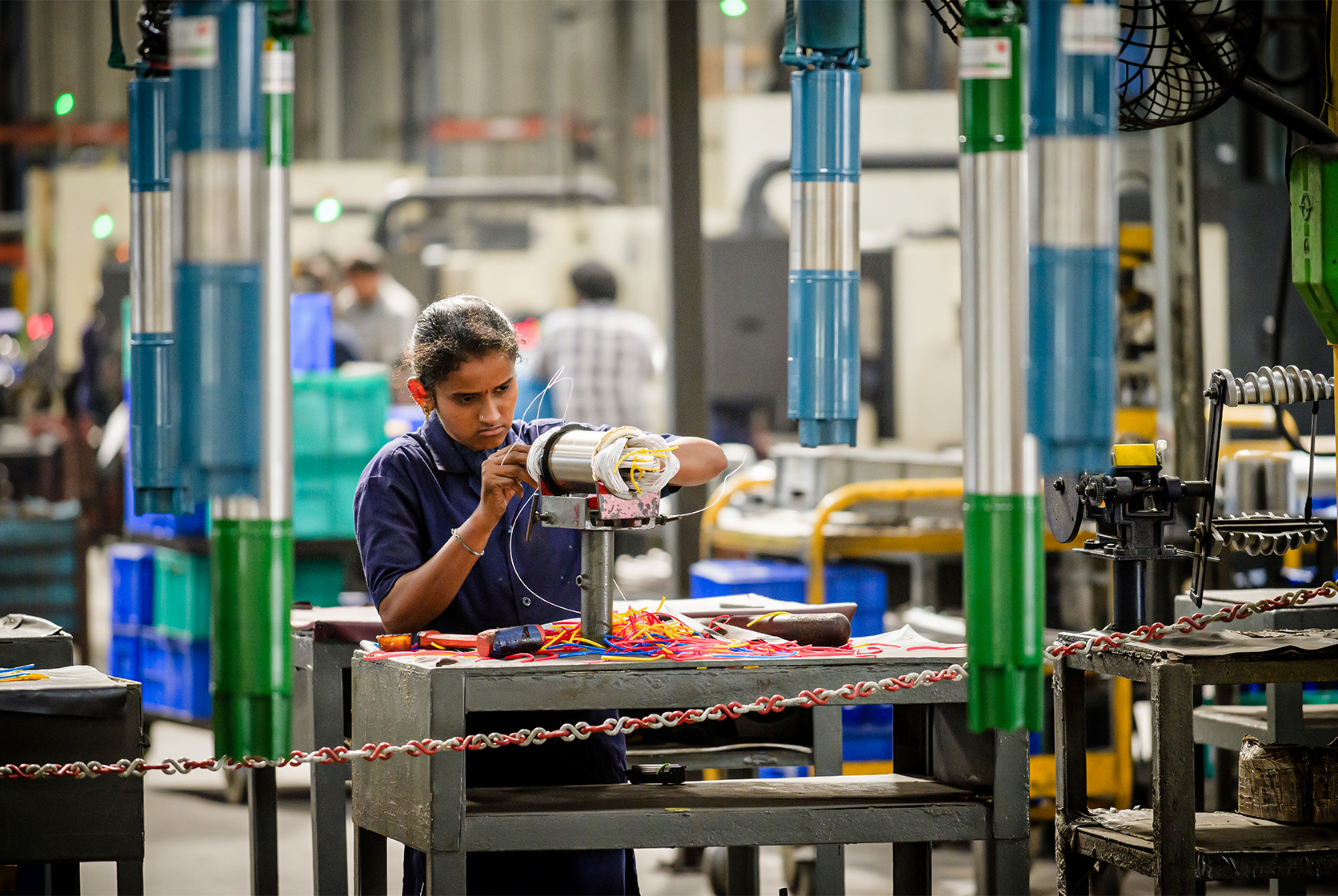Climate Resilient Agriculture
Changes in climate affect all of us in some way or the other. And when it comes to agriculture and allied sectors, this statement takes on an enormous dimension indeed. Agriculture depends on the climate and is therefore affected by it as well. It is very important to look at climate resilient agriculture and what this implies.
What is climate resilient agriculture (CRA)?
The term is pretty self-explanatory and it denotes an approach that encompasses:
- Using local and natural resources to promote crop production
- Deploying both, livestock and crop systems according to the location
- Continuous management of manmade and natural resources
The goals of CRA are to make the crops or fields strong enough to withstand weather extremes and fluctuations and to deal with problems such as scarcity of water too. Carbon sequestration, using natural methods for pest control and organic methods of fertiliser supply and methods such as drip irrigation are all part of the CRA ‘world’.

Agro-climatic zones
There are 15 agro-climatic zones in India. According to one study, the Trans-Gangetic Plains and the West Coast Plains & Ghats had the highest levels of resilience. There are different components to measuring CRA Index:
- Infrastructure
- Socio-economic factors
- Environmental aspects and
- Technological levels to name a few
In 2011, the Indian Council of Agricultural Research (ICAR) launched the National Innovations in Climate Resilient Agriculture (NICRA) which aims to promote CRA by using site specific technology. And a recent study by ICAR showed that 20% of India’s districts are very vulnerable to climate change. Most of these locations are in Uttar Pradesh. This initiative is also mapping rice, paddy and chickpea yields to name a few specific crops.
Special crops in the news
One of the results of this focus on CRA has been the recent introduction of 35 new crops which are drought tolerant. These varieties have been developed by the ICAR and include:
- Maize
- Buckwheat
- Pigeonpea
- Winged and faba beans
- Wheat
- Rice and
- Chickpea to name some of these crops
For instance, three varieties of chickpeas are being delivered, even as we speak, to the farmers and should help them grow disease-resistant, drought-tolerant and high-yield crops.

CRA in India
Another component of CRA is responsive agriculture - this means integrating information on weather into everyday decision making. For instance, Annur in Coimbatore, Tamil Nadu has established this system of farming. The Tamil Nadu Agricultural University has also set up automatic weather stations in more than 200 blocks in the state.
Odisha is implementing a unique approach to CRA. The Bonda tribe women are reviving traditional agriculture systems and cultivating native millets which are naturally stronger and capable of meeting nutritional needs and food security as well.
CRA can be implemented at village levels when farmers come together to grow local varieties and cultivars and invest in measures to improve soil health and adopt crop contingency plans as well. Rainwater harvesting is another step to help in CRA. It is also useful to note that there is institutional support by way of collective marketing, climate literacy programs and weather based index insurance schemes for climate resilient agriculture.



